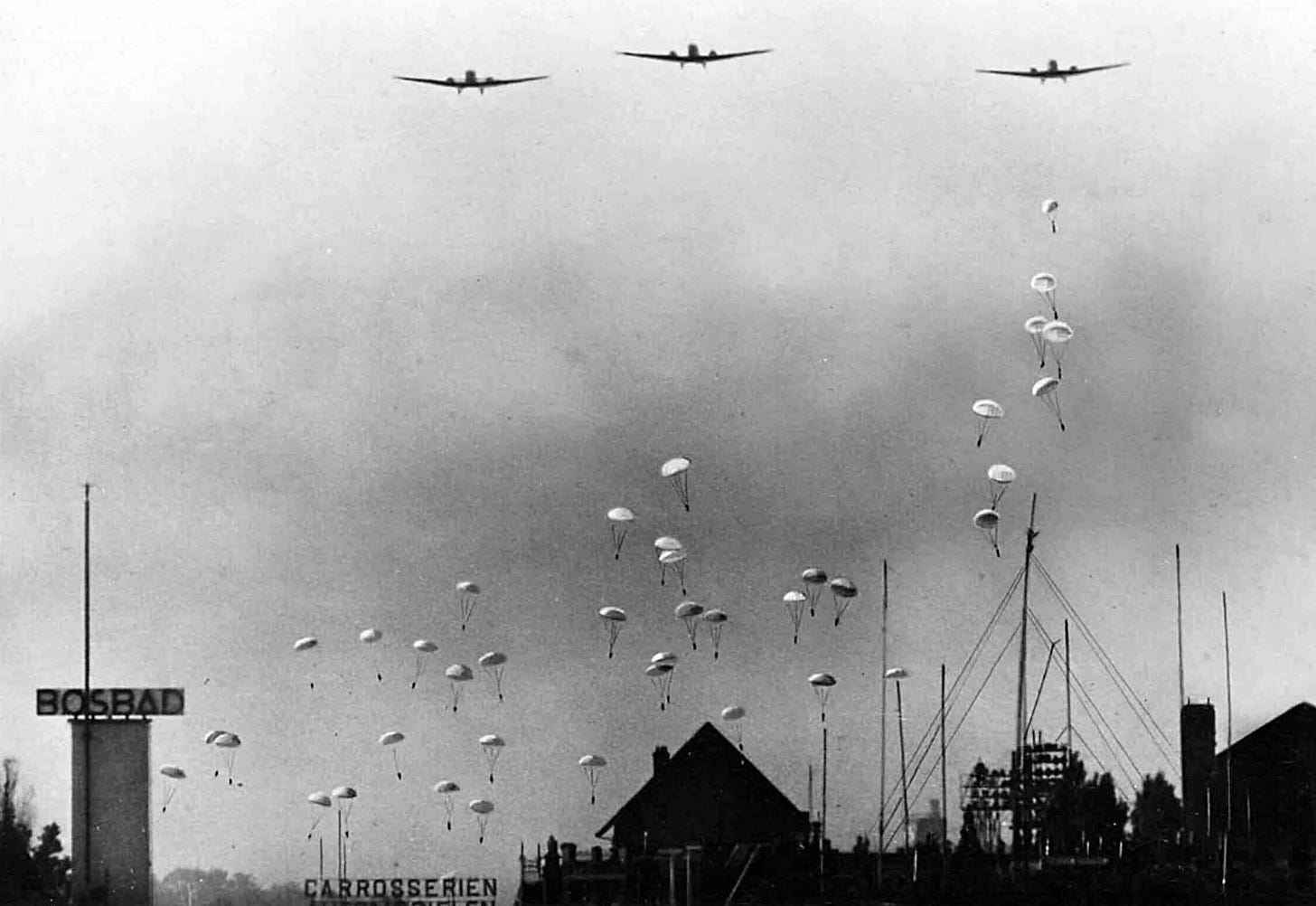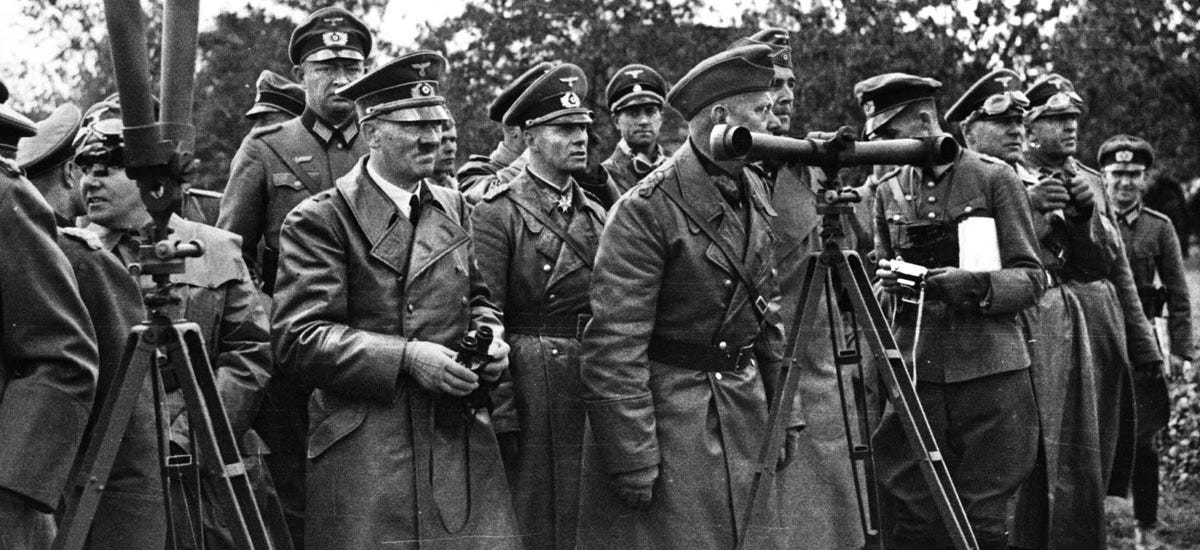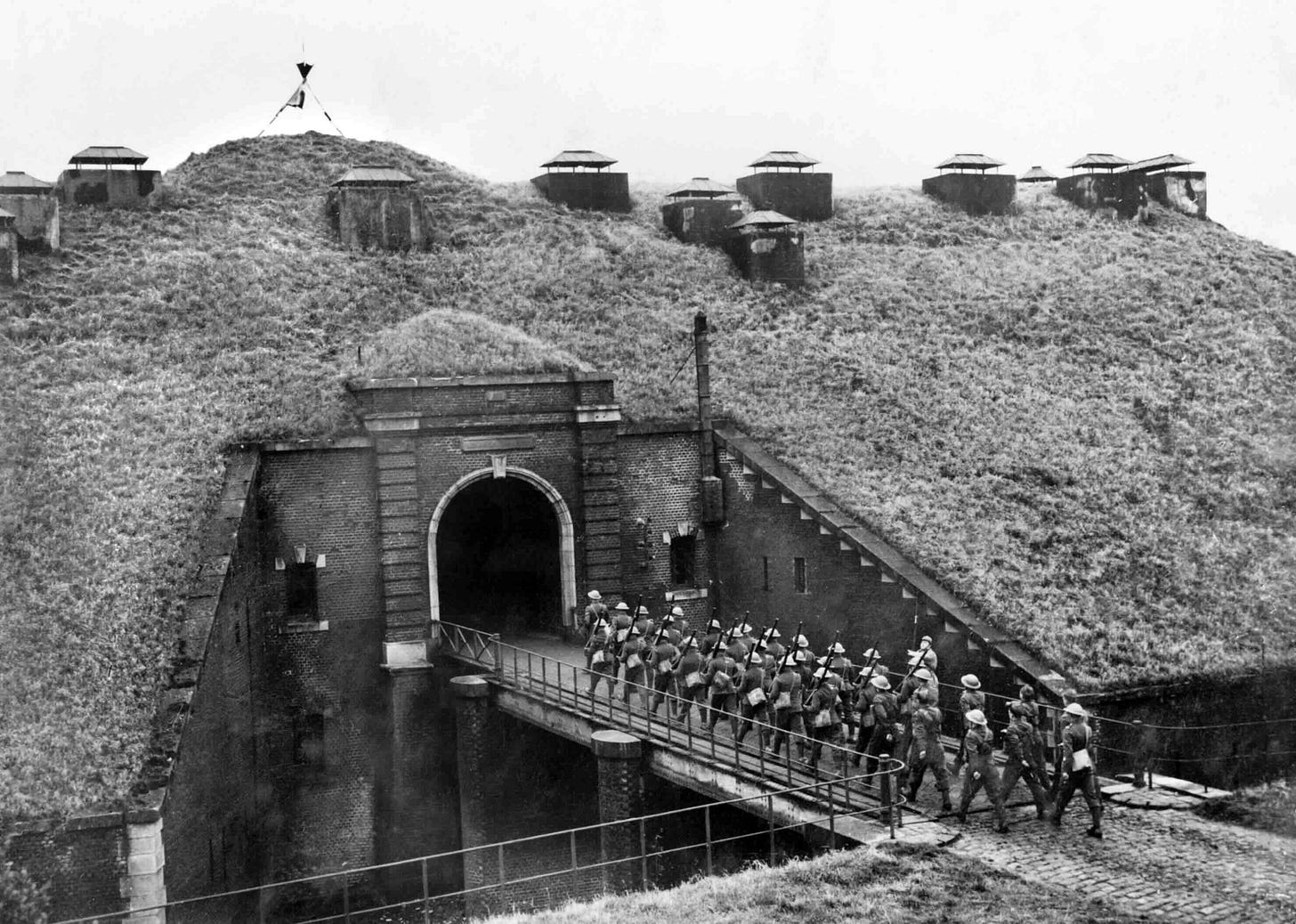Hitler attacks in the West
10th May 1940: Germany invades Belgium, Luxemburg, the Netherlands and France whilst Britain spends the day appointing a new Prime Minister

Hitler launched Fall Gelb, Operation Yellow, in the early hours of the 10th May. His order to the Wehrmacht declared:
The hour has come for the decisive battle for the future of the German nation. For three hundred years the rulers of England and France have made it their aim to prevent any real consolidation of Europe and above all to keep Germany weak and helpless. With this, your hour has come. The fight which begins today will decide the destiny of the German people for a thousand years. Now do your duty.
After successfully invading Poland in September 1939 and carving the country up in partnership with Soviet Russia, Hitler was impatient to attack France. His ultimate aim was to attack his new ally, ‘Bolshevik Russia’ - but he was anxious to avoid the two-front war that had sapped German strength in the ‘Great War’ just over twenty years earlier. He believed he could now quickly knock France and Britain out of the war. His attack on Norway, a month earlier, had just been a sideshow to secure his vital iron ore supplies.

Britain and France had gone to war over the invasion of Poland but had failed to offer any significant support. They were currently struggling to find the means to aid Norway.

But they felt confident that they had well-developed plans to defend France. France had devoted massive resources to building the Maginot Line, a string of half-submerged fortresses along its border. The next war would not be fought in the trenches but from the security of concrete reinforced bunkers with an automated supply of ammunition for machine guns and artillery readily available.
It was anticipated that the Germans would once again attack through Belgium, repeating the move of 1914. This time, British and French troops were sitting, waiting, and ready to counter them. Belgium had avoided formally aligning with these plans - she wanted to remain neutral and not ‘provoke’ Hitler. Belgium had a string of her own formidable fortresses. They would provide her first line of defence until British and French troops arrived.



